The way Samsung has decided to fork its Galaxy S20 series this year is radically different from the way it did last year: instead of the little one of the family, the Samsung Galaxy S10e, the company bet it all this year. To the gigantic Samsung Galaxy S20 Ultra, which unfortunately fell short of expectations.
So who fills the gap left by the Galaxy S10e? I am afraid that this task falls in the hands of the Samsung Galaxy S20, the smallest – and most affordable – model of this family, with which we have finally been able to spend enough time to determine if it is up to the task. A model of the Galaxy S series is expected in the middle of 2020.
We recommend: The best Samsung phones you can buy right now
Samsung Galaxy S20, features and specifications
| Samsung Galaxy S20 | |
| specs Samsung Galaxy S20 | |
| Dimensions | 151,7 x 69,1 x 7,9 mm, 164 grams |
| Screen | 6.2-inch Infinity-O Dynamic AMOLED 120 Hz refresh rate |
| Resolution | WQHD + (3,200 x 1,440 pixels) 563 ppi |
| Processor | Samsung Exynos 990 |
| RAM | 8/12 GB LPDDR5 |
| Operating system | One UI 2.0 based on Android 10 |
| Storage | 128 GB UFS 3.0 expandable by micro SD up to 1 TB |
| Cameras | Rear 12 MP (main) ƒ / 1.8, OIS. 12 MP (wide angle) ƒ / 2.2. 64 MP (telephoto) ƒ / 2.0, 3X optical hybrid zoom, 30X digital, OIS. Frontal de 10 MP ƒ/2.2, |
| Battery | 4,000 mAh with 25W fast charge Wireless charging Reverse wireless charging Wireless PowerShare |
| Others | IP68 protection, 5G, Dolby Atmos Stereo Speaker by AKG, ultrasonic on-screen fingerprint reader |
| Colors | Cosmic Gray, Cloud Blue, Cloud Pink |
| Price | From 909 euros |
The best of the Samsung Galaxy S20
Its design and display
The last time I used a phone with dimensions similar to those of this Galaxy S20 was, precisely, last year when I analyzed the Galaxy s10e. And I have to admit that, for a while, I had overlooked how absurdly large today’s phones are.
Using this Galaxy S20 has been a relief for my wrists, who, after a long time, have returned to holding a phone that only weighs 164 grams – that’s almost 60 grams less than the S20 Ultra – and with a height of only 15 centimeters. Okay, they are not the 14 centimeters in height and 150 grams of the Galaxy S10e, but considering the panorama, the S20 is an oasis in a desert full of giant mobiles. It is appreciated that even when using a case -something almost mandatory with this mobile: it is one of the most slippery that I have ever tried – its dimensions do not become simply ridiculous.
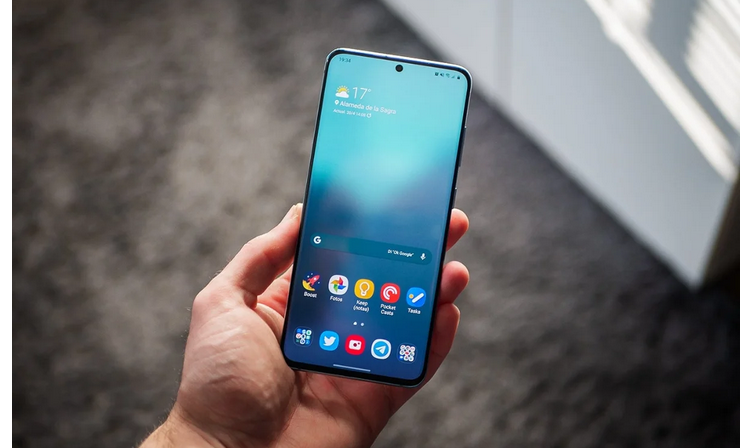
And, despite the differences in size, the Galaxy S20 is as a mobile premium as the rest of the models in this family. It maintains the polished aluminum chassis on its sides and the curved glass on its back that makes it an even more comfortable device to hold. In that sense, in addition, Samsung seems to have heard our prayers and has decided to get rid to a great extent – although not entirely – of the lateral curves of the terminal screen, giving the S20 a flatter front, of a shape similar to last year’s Galaxy S10e. It is still not perfect, but it is undoubtedly a breakthrough in this regard, and it results in a good balance between modern aesthetics and usability.
Samsung seems to have heard our prayers and has decided to ditch the screen’s side curves essentially.
And precisely, the screen is one of the strengths of this terminal. Not even being the most minor or cheapest terminal in the family has led Samsung to cut back in this regard. Quite the opposite.
We are talking about the same panel Dynamic AMOLED with Quad HD + resolution and 120 Hz refresh rate that we already had in the S20 Ultra, although in this case, the diagonal is reduced to 6.3 inches. However, the format of reduced margins and a hole in the screen located in the upper front part, which houses the device’s front camera, is maintained.
Using this screen is simply a delight. The refresh rate, which is double the figure that Samsung offered last year in the Galaxy S10 series models, implies extreme smoothness and fluidity when moving through the system interface, switching between applications, or scrolling through lists and websites.
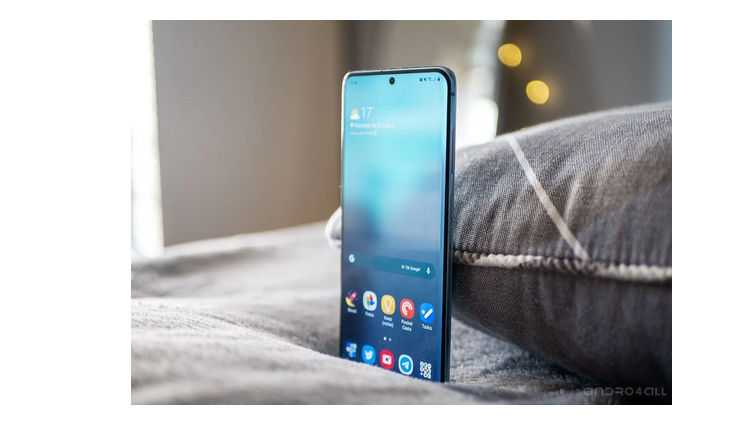
Although that is not the only thing that makes the Galaxy S20 a perfect screen, the color representation is correct – as long as the “Natural” color mode is set and not the default “Vivid” color mode – the viewing angles and brightness levels are excellent. This year, Samsung offers a sample rate of 240 Hz, which translates into lower screen latency and faster response speed.
Native way. Of course, not everything is perfect: despite offering a screen with the highest level features, Samsung prevents it from taking full advantage of it. It is impossible to use the combination of 120 Hz refresh rate with the maximum resolution offered by the display panel. Therefore, unlike what happens with other models, such as the OnePlus 8 Pro, the S20 makes you choose between greater fluidity or maximum resolution.
Performance and overall experience
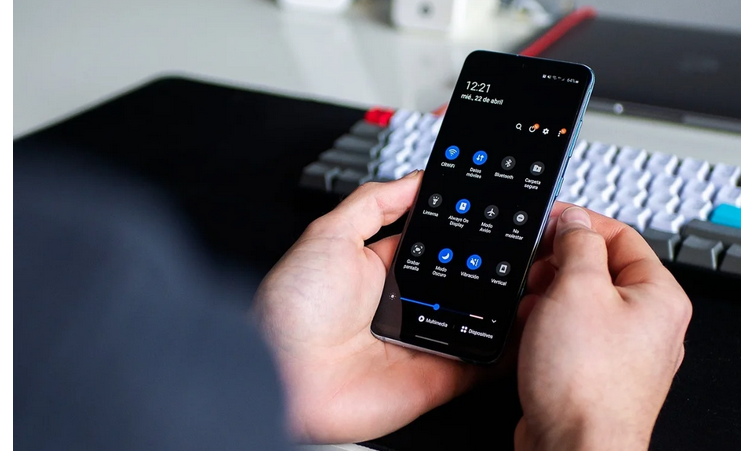
Like any good high-end launched in 2020, the Galaxy S20 has a repertoire of specifications made up of some of the most cutting-edge components. The Exynos 990 5G processor, a cousin of Qualcomm’s Snapdragon 855 – although quite different if we compare their actual performance -, added to 8 or 12 GB of LPDDR5 RAM and internal storage of 128 UFS 3.0.
The combination of all these components converges in an excellent performance in most situations, and the terminal offers one of the fastest experiences with an Android mobile that I have tested to date. In addition, the fact of having 5G connectivity adds some points, although given that the vast majority of smartphone users still reside in areas lacking coverage or that they are customers of operators that have not yet leaped this type of network, Perhaps the 4G version of the Galaxy S20, more affordable although with a little less autonomy, may become a more exciting option.
Samsung’s software is at its most mature to date.
This good performance helps that Samsung’s software, One UI, is at its most mature point to date. In version 2.1, performance is better than ever, finally catching up with other layers of customization offered by the competition in terms of design consistency, functionality, and stability.
Virtually all the novelties that One UI 2.1 introduces were already present in the Galaxy S20 Ultra, so I do not see the need to repeat everything we discussed in the Ultra model. It is interesting to mention that, finally, Samsung implements a usable gesture system, inherited directly from Android 10, which makes handling a mobile of this size even more comfortable.
Now, as I said in my analysis of the most expensive model of this family, and I will continue repeating, at least, until Samsung decides to modify its update policy, I consider it simply inadmissible that a 909 euro terminal launched in the middle of 2020 only has two years of assured operating system updates, as much as Samsung has improved the frequency with which it updates its terminals in recent years.
The worst of the Samsung Galaxy S20
Your autonomy
Perhaps the differences between the Snapdragon 865 that the US edition mounts – and some others – of the Galaxy S20, and the Exynos 990 of the model that I have been able to test, are not so relevant in terms of performance or general experience. But they are, and quite a bit when talking about efficiency.
Taking a look at other reviews of the terminal, such as those of The Verge or Android Police, I can only be surprised to see how autonomy is mentioned as one of the strengths of the terminal. In my experience, I am afraid that this is not the case, not even close.
Leaving aside the fact that autonomy is a section that can vary greatly depending on the usage habits of each person, I have to say that the Galaxy S20 is one of the models with the worst battery life that I have. Tested this year, unable to reach the full day of use with more than 4 hours of screen.
It is true that, since I received the terminal, I have kept the 120 Hz active at all times. Still, considering that this implies reducing the panel resolution automatically and that even the OnePlus 8 Pro offered me a special autonomy, I think that the results are mediocre enough to mention independence as one of the few weak points of this device.
Most likely, those people who decide to keep 120 Hz deactivated – losing, in my opinion, one of the details that make this model unique compared to others in the competition – will be able to enjoy a correct autonomy. I am afraid that it will be each one who must assess what is most important.
So are the cameras of the Samsung Galaxy S20
Beyond size, the big difference between the Galaxy S20 Ultra and this model is found in its photographic section. And the truth is that I am not too clear that the changes carried out by Samsung benefit the most expensive model.
Leading the configuration is the primary camera with 12 megapixels of resolution, a figure much lower than the 108 megapixels of the model with the Ultra surname. It is a sensor with ƒ / 1.8 aperture and an optical image stabilizer, accompanied by a 12-megapixel ƒ / 2.2 wide-angle. And a “telephoto”… which is not such.
As it was discovered some time ago, the 64-megapixel sensor and ƒ / 2.0 aperture that Samsung uses in this S20 – and in the S20 Plus – to allow capturing images with 3x “hybrid” zoom and 30 digital zooms, it is a sensor with a slightly lower angle of view than the primary camera –76º versus 79º–, but with a higher resolution than the primary sensor, on which different algorithms are applied to obtain what Samsung calls “hybrid optical zoom, “Although the” optical “part is only 1.06x.
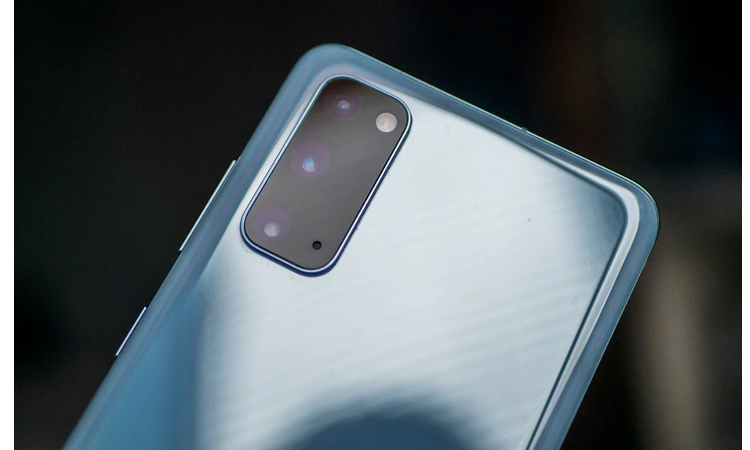
Beyond the technical differences, the same functions that we already found in the Galaxy S20 Ultra remain as the new “Single Capture” mode, which allows you to take images using several of the different methods built into the camera. Also included is 8K video recording – one of the reasons why the 64-megapixel sensor was necessary – at 24 frames per second, and of course, the ability to use the third sensor to capture images at the maximum resolution of 64 megapixels, although yes, with a slightly lower field of view than if the primary camera were used.
As for the front, there are also changes concerning the S20 Ultra since we now have the same 10-megapixel camera that was already present in the models of the Galaxy S10 series last year.
Behavior by day, portrait mode, and at night
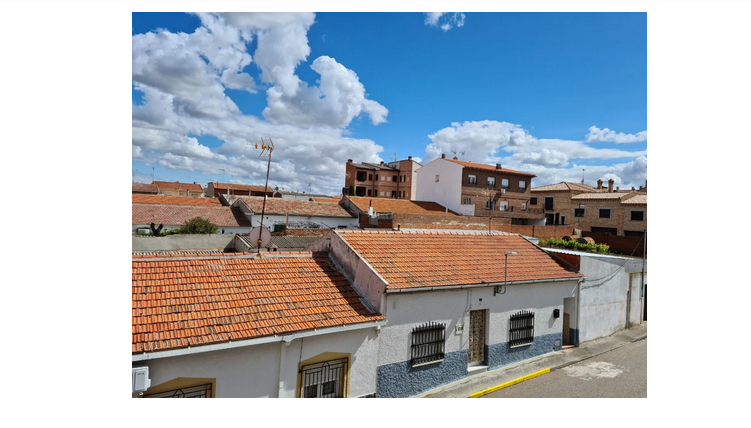
Just take a look at its technical sheet to realize that Samsung has opted for a much more conservative formula when building the photographic system of this Galaxy S20. And as I anticipated, the truth is that the results are not as different as one might expect, taking into account the differences between the two configurations.
The 12-megapixel primary sensor, more significant than last year, allows you to capture bright and well-detailed images, both during the day and in dimmer scenes. Not surprisingly, the Galaxy S20 Ultra’s 108-megapixel sensor captures more detailed shots when circumstances are on its side, but focusing on issues and inconsistencies in the dynamic range makes the Galaxy S20’s camera more predictable. And therefore, easier to control.
At night, the larger size of this sensor is most appreciated since its ability to extract light from the scene is much higher than that of other competing cameras. In addition, a “night mode” is included, which, without reaching the level of the best exponents in this regard, does its job well.
Its big problem is still precisely the same as the Galaxy S20 Ultra. The Note10 +, and the Galaxy S10, and practically all the smartphones created by Samsung in recent years: as soon as a face enters the scene to be captured, the software puts all its machinery to work to soften facial features, generating final images that are too “flat” and lacking in contrast. That adds to Samsung’s tendency to overexpose shots, lift shadows, and push the white balance to the warmer side.
The most striking thing is that, as was the case with the Galaxy S20 Ultra, these particularities largely disappear when activating the “Pro” mode and taking photos without resorting to automatic mode. A pity that the vast majority of device users will never use this option.
The Ultra-Wide 12-megapixel sensor captures good quality images on the same level as the Galaxy S20 Ultra. Not so in the case of zoomed images, as there is no real “telephoto,” the loss of detail is notable when the three-point barrier is exceeded. Still, the results that can be obtained up to that range are correct.
The is also suitable portrait mode, and the depth sensor that the Galaxy S20 + has and that this smaller variant lacks is not missing; the cropping is precise and the background blur more or less natural, although again, the face softening is already characteristic of the brand comes into play.
Front camera
The front 10-megapixel camera has the same problems as the rear in terms of processing, but it is still possible to get good results. Not in as much detail as in the case of the Galaxy S20 Ultra, but good enough, especially outside or when the lighting is good.
Video recording
Where Samsung does show its chest compared to other competing models is in the video section. It is not only because of its capabilities because it is one of the few mobiles on the market capable of capturing video at 8K resolution, but also because of its qualities.
The image quality is excellent, and the stabilization system does its job perfectly – a “super stable” mode is also included. However, the terminal is capable of reducing vibrations well enough by default. The quality of the captured audio is also good and consists of the “audio zoom” mode that Samsung debuted with its flagship models last year.
Samsung Galaxy S20, opinion and final thoughts from Andro4all
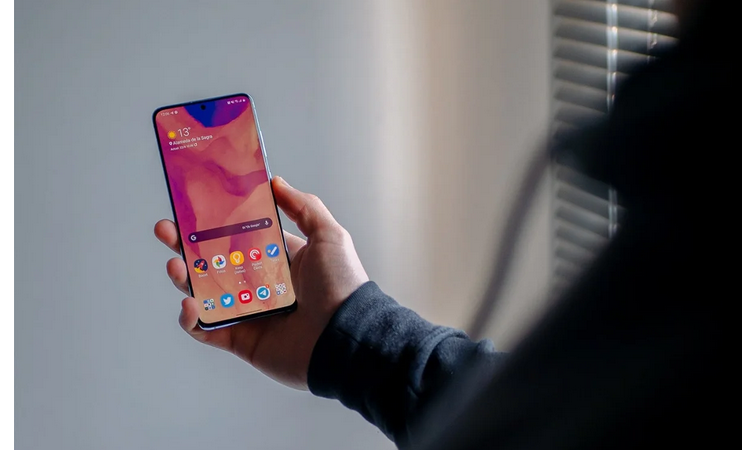
The Samsung Galaxy S20 is, in my opinion, the most recommended model of all those that make up the latest generation of Samsung’s flagship phones, both for size, the balance between hardware and price, and for offering a more predictable photographic system without the problems. This year, Samsung has tried to attract all eyes with the Galaxy S20 Ultra, when the true jewel of the S20 family is a much smaller one, and that costs 450 euros less. Of the first generation that provide all the technologies included in the largest model of this family.
Price and where to buy the Samsung Galaxy S20
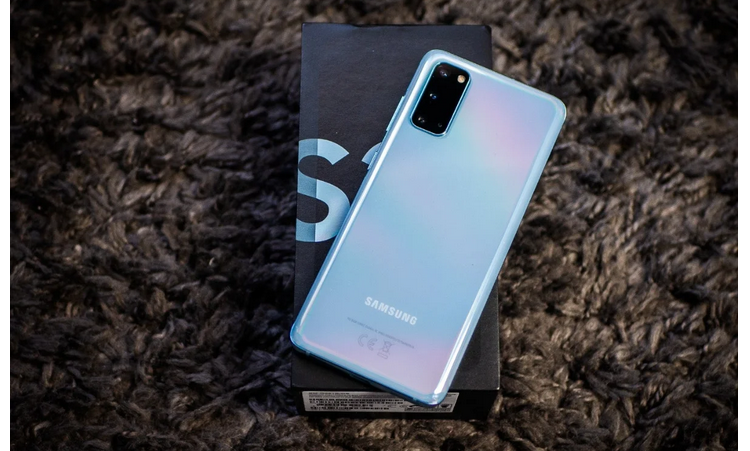
The models of the Galaxy S20 series can be purchased from the day of their presentation. It is possible to get hold of it through the leading Spanish operators, as well as in stores such as Amazon, where its variant without 5G connectivity -in my opinion, the most recommended-, can already be found with interesting discounts that make it a device even more attractive than it already is .
| Samsung Galaxy S20, opinion and Andro4all note | |
| Should you buy the Samsung Galaxy S20? | |
| In favor |
|
| Against |
|
| Conclusions | The shadow of the Galaxy S20 Ultra does not prevent you from seeing the attractions of the rest of the models in the series. The Galaxy S20, even with its flaws, is probably the most attractive and balanced model of the three that make up this family due to its size, hardware/price ratio, and photographic performance. |
| Punctuation |
Samsung Galaxy S20 The little brother rebels. |

Sharlene Meriel is an avid gamer with a knack for technology. He has been writing about the latest technologies for the past 5 years. His contribution in technology journalism has been noteworthy. He is also a day trader with interest in the Forex market.















